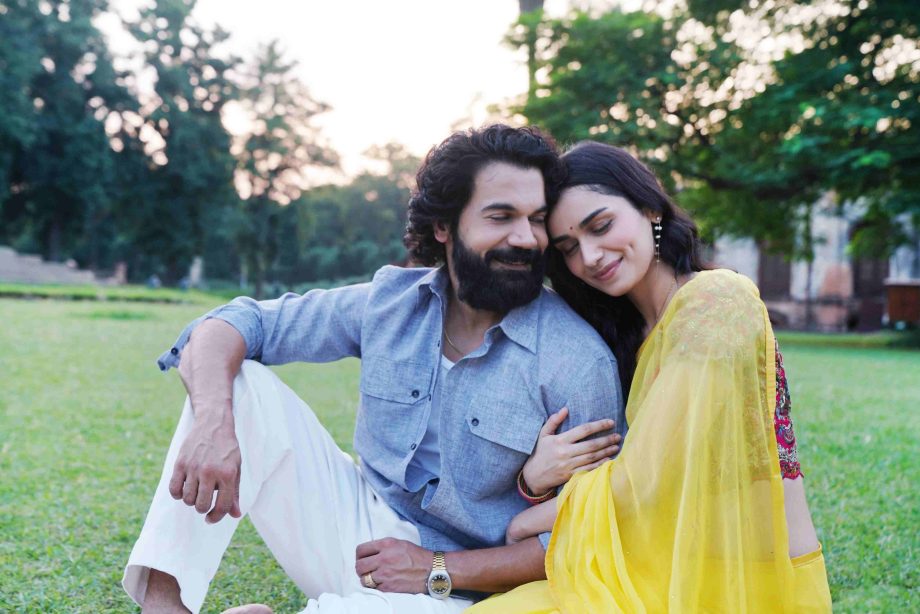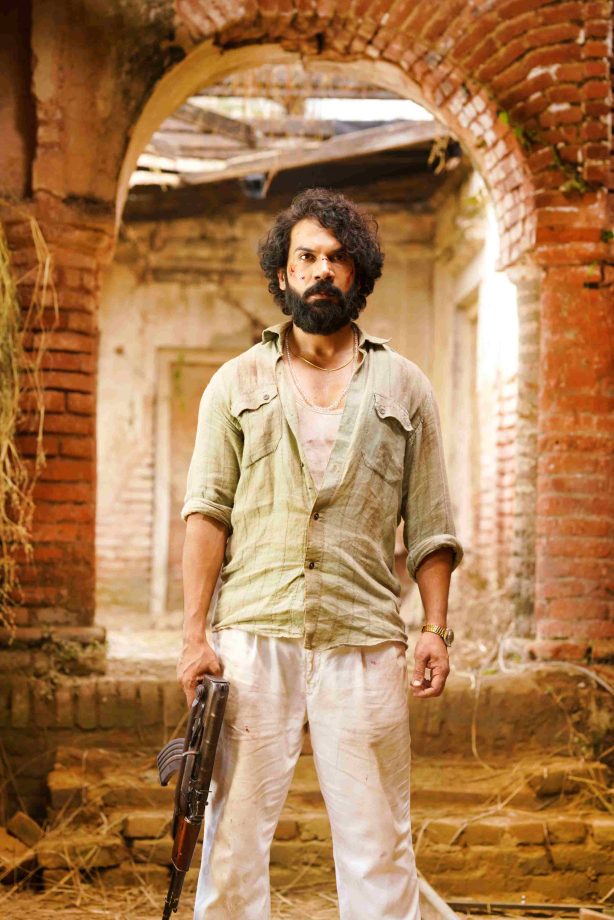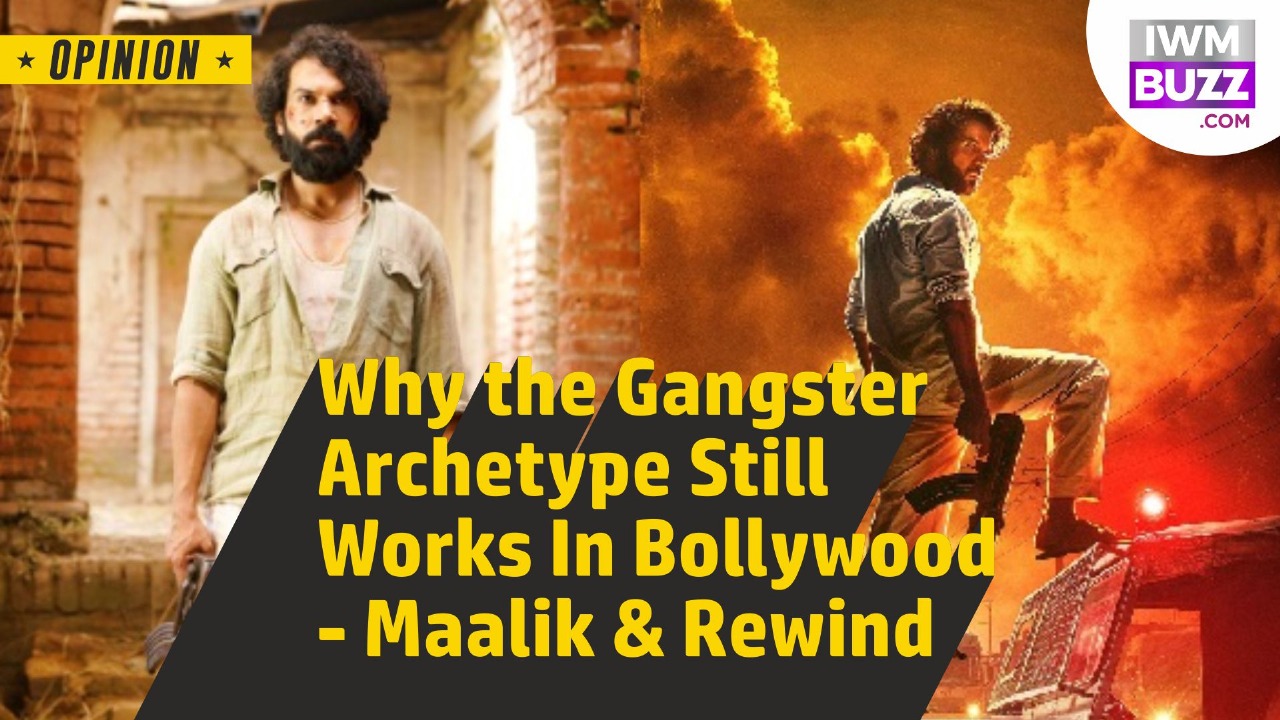The Rajkummar Rao-starrer Maalik is churning out furore. Lines echo in eternity. Ears rang with the heavy sounds of bullets. Amidst it all, we saw Rajkummar Rao immersed and surrendered in his character, Maalik. Inherently dramatic, as it sounds. Such archetypes often centre around power struggles. The old school rags-to-riches gets its identity mostly from gangster theology. Moral ambiguity hits you along with revenge, betrayal and loyalty. For Maalik, it is a fresh narrative, but oftentimes, Bollywood has layered its scripts on real-life gangsters, too.

Reflecting on Dawood Ibrahim or Haji Mastan, we had Company (2002) – inspired by the D-Company underworld syndicate. Followed by Once Upon a Time in Mumbaai (2010) – semi-fictionalised story of Haji Mastan and Dawood Ibrahim. Shootout at Lokhandwala (2007) – dramatises a real police encounter.
Mostly, we see a pattern—socio-political commentaries. The clash between legality and lawlessness reflects real socio-political tensions—corruption, unemployment, and class divide, making these stories more relevant. Something that usually stems from such story build-ups in real life, too. So, the audience naturally gets inclined. Appeals mostly to the younger audience. They yearn for certain character studies.

The archetype has undergone significant evolution over the decades, reflecting broader shifts in storytelling, audience sensibilities, and societal dynamics. In the 1990s and early 2000s, films like Vaastav and Company focused on the gritty realism of the underworld, often portraying the tense cat-and-mouse game between gangsters and law enforcement. Moving into the 2010s, the genre became more introspective and character-driven, with films and series like Gangs of Wasseypur and Sacred Games exploring the psychological and emotional depths of their protagonists, along with complex generational narratives. By the 2020s, the gangster story expanded further, blending with other genres, most notably in films like KGF, which fused the crime saga with historical spectacle and South Indian cinematic flair.
In times of economic uncertainty and political unrest, the gangster narrative offers a potent mix of escapism and catharsis. These stories allow audiences to experience a world where the underdog takes control vicariously, challenges the system, and carves out their own path, often through rebellion and risk. Even if their success is fleeting or morally questionable, the rise-and-fall arc provides emotional release and a sense of empowerment. It speaks to the frustrations of everyday life, making the gangster not just a criminal, but a symbol of resistance, ambition, and the human desire to rewrite one’s destiny.

